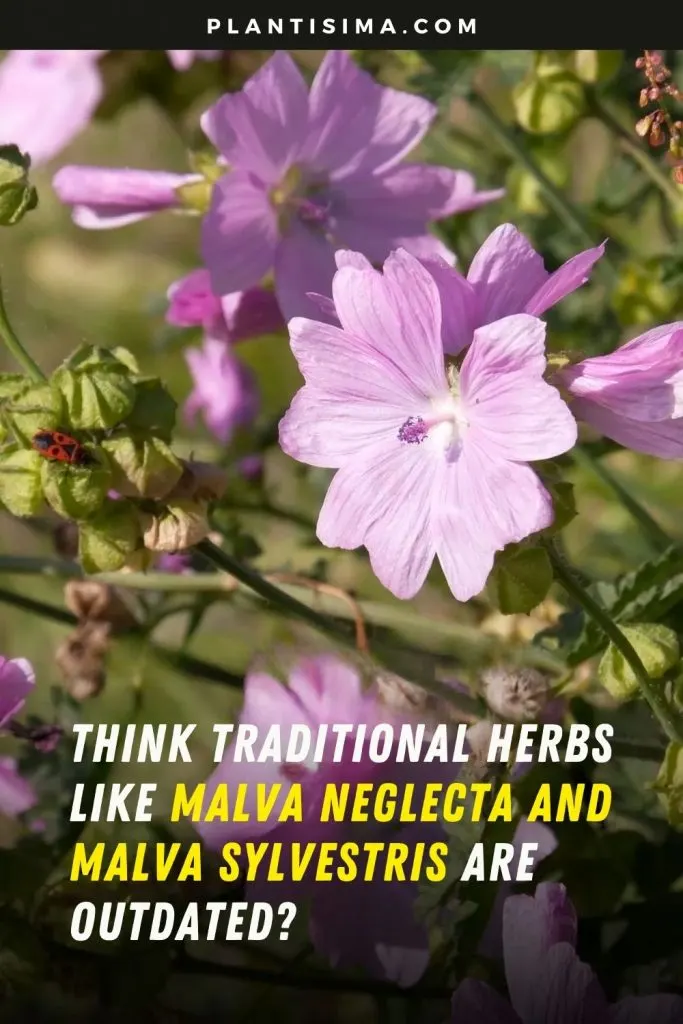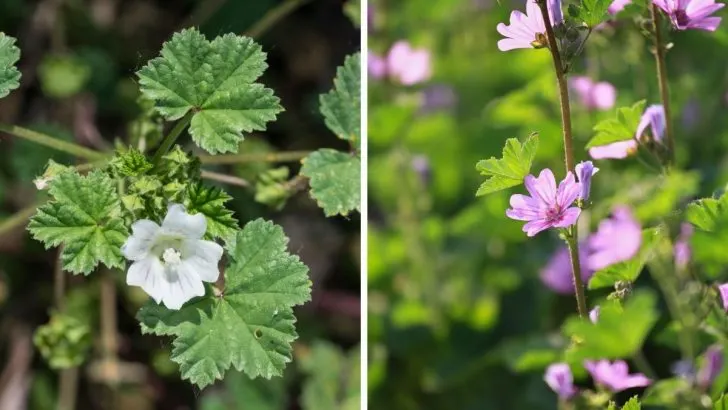In the vast world of plants, few species have made as profound an impact on human history and wellness as Malva neglecta and Malva sylvestris, commonly known as Common Mallow and Wild Mallow.
These resilient and widespread plants belong to the Malvaceae family, a group renowned for their cultural, medicinal, and culinary contributions across civilizations.
With a rich history in folk medicine and emerging scientific research backing their benefits, these plants offer a unique blend of tradition and modernity in the pursuit of health and well-being.
Malva Neglecta (Common Mallow)
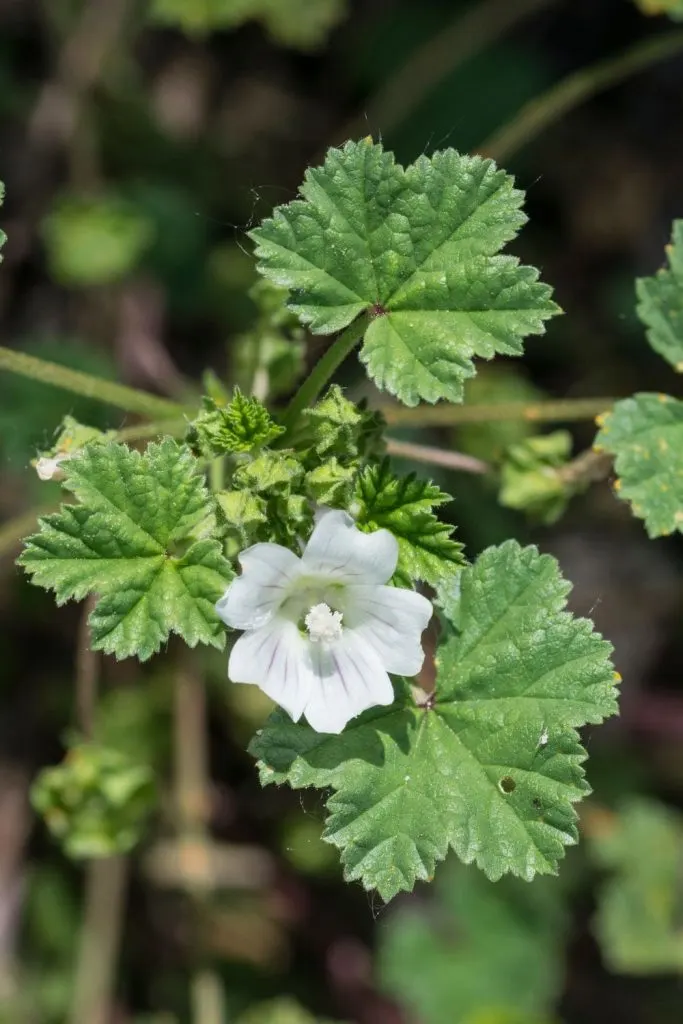
• Digestive Aid: Common mallow’s mucilaginous properties make it a treasure for digestive health. Its soothing nature can calm irritation in the gastrointestinal tract, making it an excellent natural remedy for conditions like gastritis, irritable bowel syndrome (IBS), and acid reflux.
A tea made from the leaves and flowers can form a protective layer over the stomach lining, promoting healing and comfort.
• Respiratory Support: Common mallow also plays a key role in respiratory health, thanks to its expectorant properties. It can help ease symptoms of colds, bronchitis, and sore throats.
The plant’s mucilage soothes irritated mucous membranes, making it easier to expel mucus and breathe more freely. A warm infusion or syrup from the plant can bring much-needed relief during coughs.
• Anti-inflammatory Benefits: With its anti-inflammatory effects, mallow can help reduce swelling and pain associated with conditions like arthritis or sore muscles.
A poultice made from the leaves or drinking mallow tea can help soothe inflammation both internally and externally.
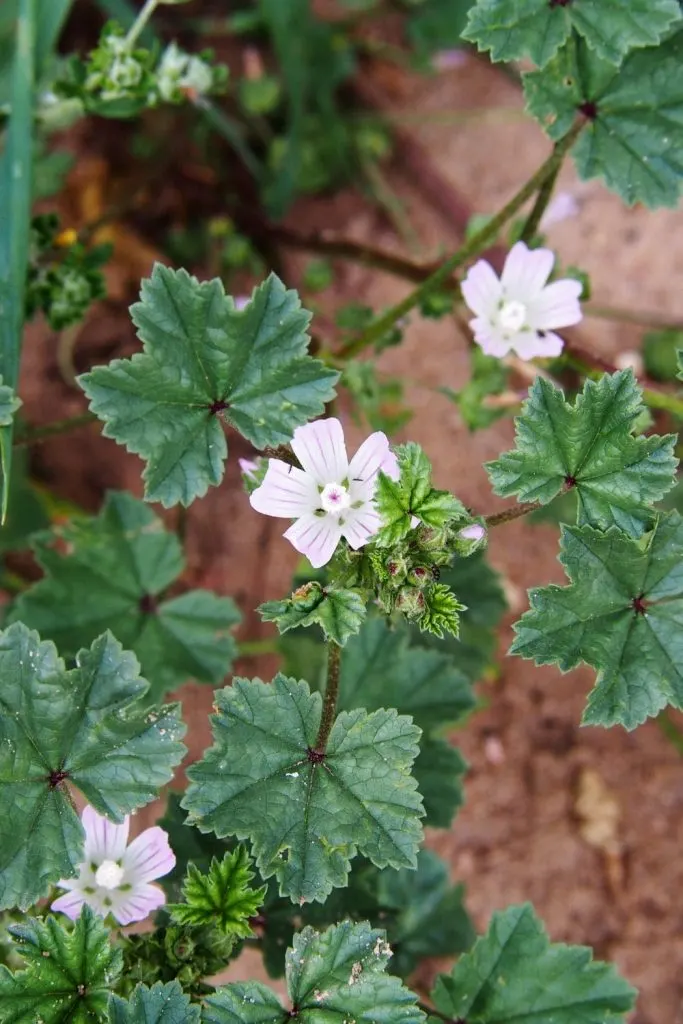
• Immune Boost: Rich in antioxidants, Malva neglecta strengthens the immune system, protecting the body from oxidative stress and aiding in the fight against infections.
The plant’s vitamins A and C, along with minerals like iron and magnesium, contribute to its immune-boosting capabilities.
• Urinary Health: Traditionally used to support urinary health, mallow acts as a diuretic, helping the body expel toxins and reduce the risk of urinary tract infections. Its soothing properties can also alleviate discomfort linked to inflammation in the urinary system.
• Skin Care: Besides its internal uses, mallow is also celebrated for its skin-healing properties. It hydrates the skin and relieves irritation, eczema, and dermatitis.
Applied externally, it can help heal wounds, insect bites, and burns, speeding up skin regeneration and offering protection against infection.
• Culinary Use: Beyond its health benefits, common mallow is also edible and nutritious. The leaves, stems, and flowers can be added to salads, soups, and stews, providing a subtle flavor and numerous health benefits. Rich in vitamins and minerals, it brings a nutritious boost to everyday meals.
Incorporating Malva neglecta into your wellness routine or diet offers a holistic approach to health, tapping into centuries-old traditions supported by modern research.
Whether used medicinally or as a nutritious addition to meals, common mallow is a versatile and valuable plant in natural health and well-being.
Malva Sylvestris (Wild Mallow)
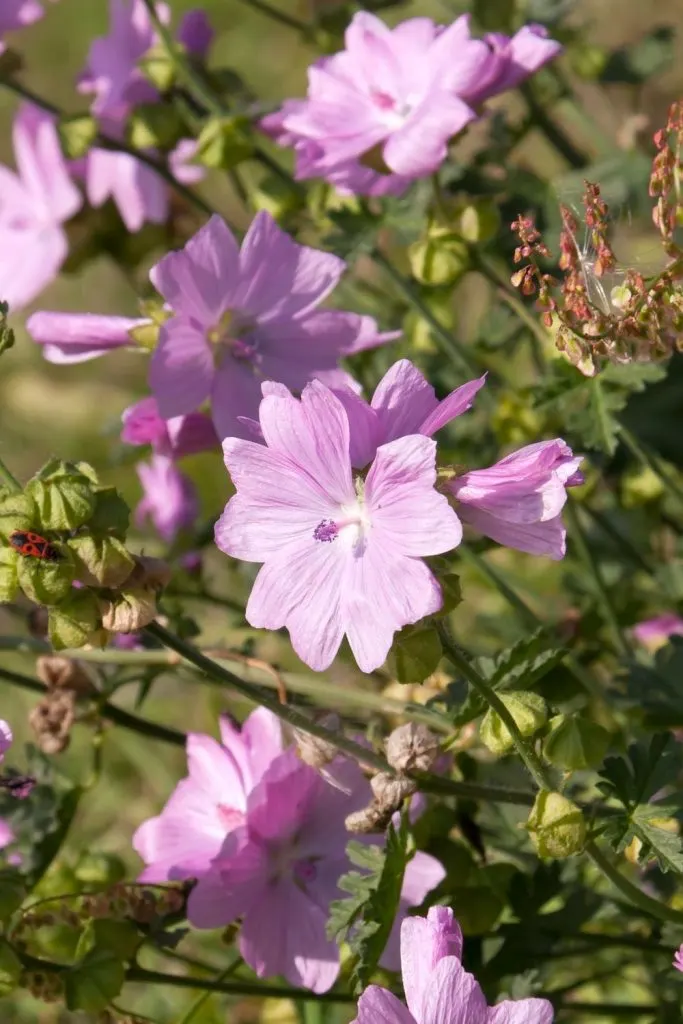
• Anti-inflammatory Power: Malva sylvestris is well-known for its potent anti-inflammatory effects, making it a great remedy for a variety of ailments.
The leaves and flowers contain flavonoids and other compounds that reduce swelling and alleviate pain. This makes it particularly useful for treating sore throats, gastrointestinal inflammation, and mucous membrane irritations.
• Respiratory Support: Just like its relative, wild mallow is a valuable ally in combating respiratory conditions.
By loosening mucus and soothing coughs, teas and syrups made from Malva sylvestris can relieve symptoms of colds, bronchitis, and even asthma, offering a calming, natural solution for those seeking relief from breathing difficulties.
• Wound Healing and Skin Care: With its high mucilage content, wild mallow is not only soothing to the digestive tract but also beneficial for the skin.
Applied externally, preparations from the plant can speed up wound healing, reduce inflammation from eczema or dermatitis, and provide relief from insect bites and burns.
Its moisturizing properties make it an ideal ingredient in lotions and creams aimed at hydrating and calming the skin.
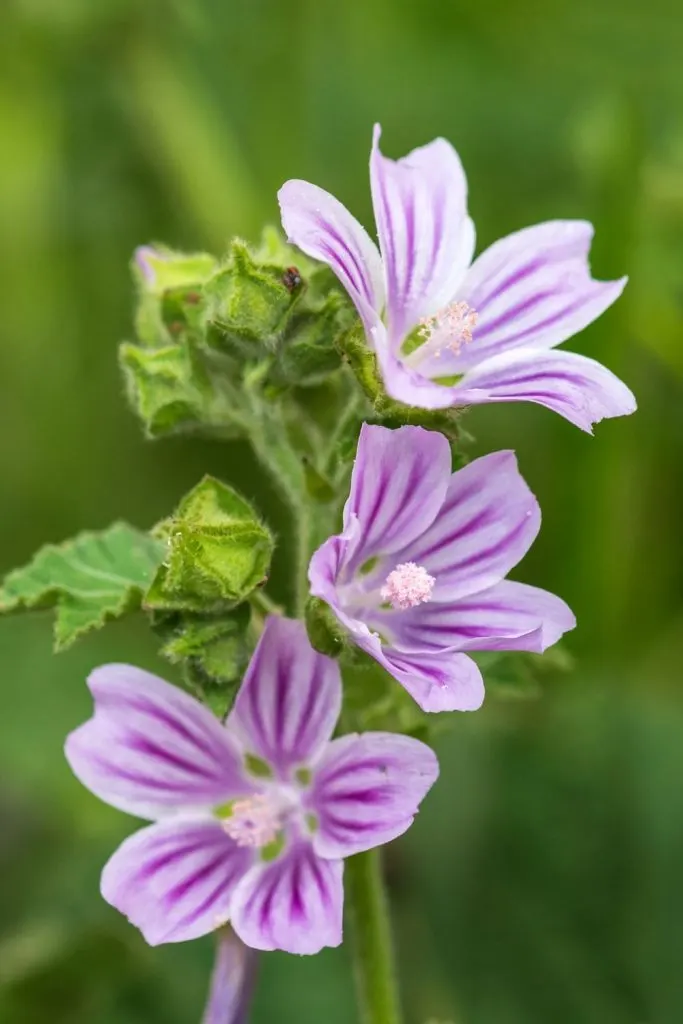
• Antioxidant Benefits: The antioxidants in Malva sylvestris protect the body from oxidative stress and cellular damage.
These antioxidants can help prevent chronic diseases, support immune function, and maintain overall health. Consuming teas or other preparations made from wild mallow can also help slow the aging process and stave off various health conditions.
• Digestive Support: Similar to Malva neglecta, wild mallow helps soothe and protect the digestive system. Its mucilaginous compounds coat the stomach and intestines, providing relief from indigestion, gastritis, and ulcers. By calming the digestive tract, wild mallow ensures smoother digestion and alleviates discomfort linked to gastrointestinal issues.
• Urinary Health: Malva sylvestris also boasts diuretic properties, promoting urine production and supporting the body’s detoxification process.
This can be especially helpful in treating urinary tract infections (UTIs) and preventing kidney stones. By flushing out toxins and bacteria, wild mallow promotes urinary system health.
Using Malva Neglecta and Malva Sylvestris in Wellness Practices
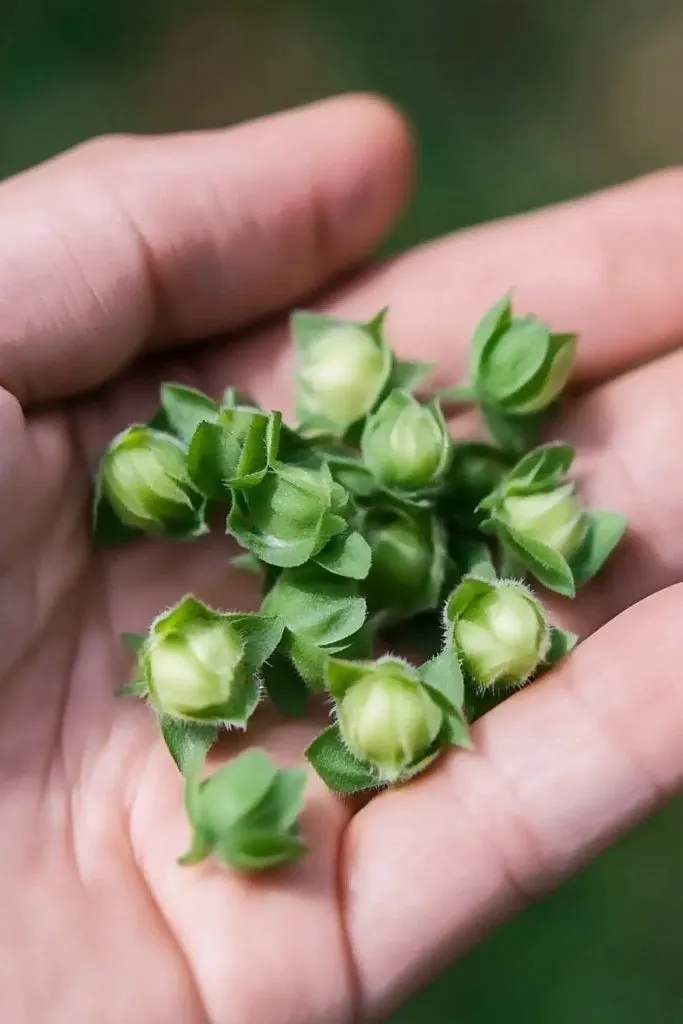
To fully tap into the numerous benefits of Malva neglecta and Malva sylvestris, it’s important to know how to use these plants correctly.
Both species can be used in various forms, including teas, poultices, and infusions, each method unlocking the plants’ beneficial properties in different ways.
• Teas: Teas are a popular preparation method for both types of mallow. To make a therapeutic tea, steep 1-2 teaspoons of dried leaves or flowers in boiling water for 10-15 minutes.
This gentle process releases the soothing mucilaginous compounds and essential oils, making it perfect for calming digestive issues and respiratory ailments.
• Infusions: Infusions are better suited for extracting deep-seated nutrients from the leaves. Place a handful of fresh or dried leaves in a jar, pour boiling water over them, and let the mixture steep overnight. After straining the next morning, this potent infusion can be used as a skin wash or as a base for creams.
• Poultices: Poultices are ideal for directly applying the plant to the skin to relieve irritations or speed up wound healing.
Crush fresh leaves of either mallow species into a paste, apply it directly to the affected area, and secure it with a bandage. This method is particularly effective for eczema, minor burns, and insect bites.
Why Mallow Deserves a Place in Your Wellness Routine
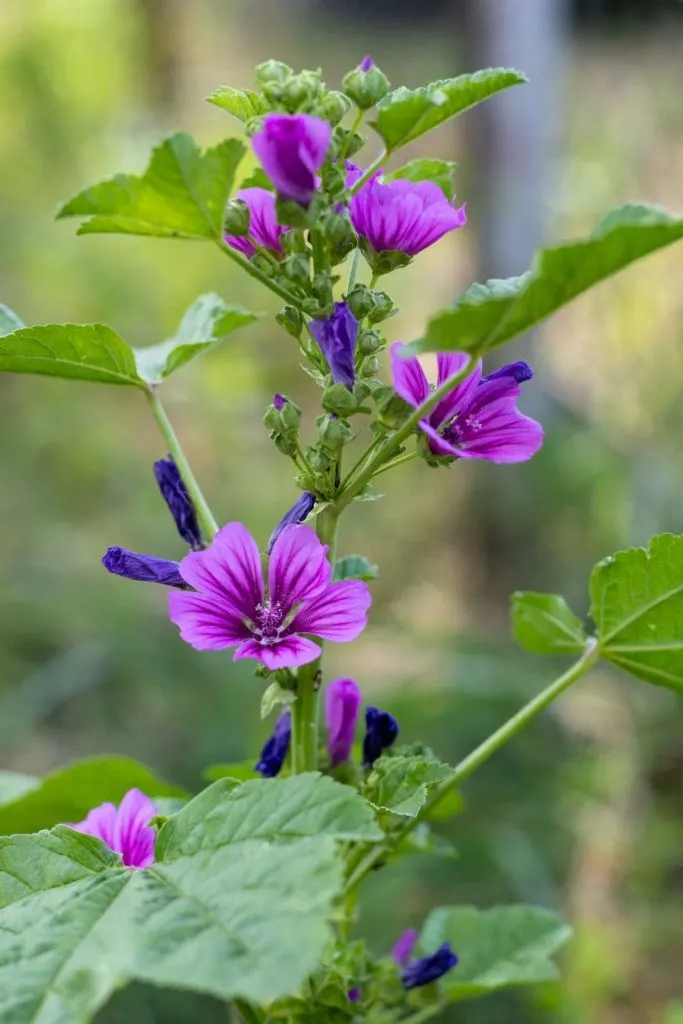
Malva neglecta and Malva sylvestris are natural treasures that play a significant role in both traditional and modern wellness practices. Their gentle yet powerful healing properties offer a wide range of benefits, both internally and externally.
By properly using and preserving these versatile plants, you can integrate them into your daily wellness routine, bridging the gap between centuries-old herbal wisdom and modern health practices.
Remember, it’s always important to consult with a healthcare professional or herbalist before using Malva neglecta or Malva sylvestris, especially if you have any underlying health conditions or are taking medication.
Make these gentle giants of the plant world a part of your wellness journey, and let their natural power inspire you to cultivate health in a gentle and sustainable way.
